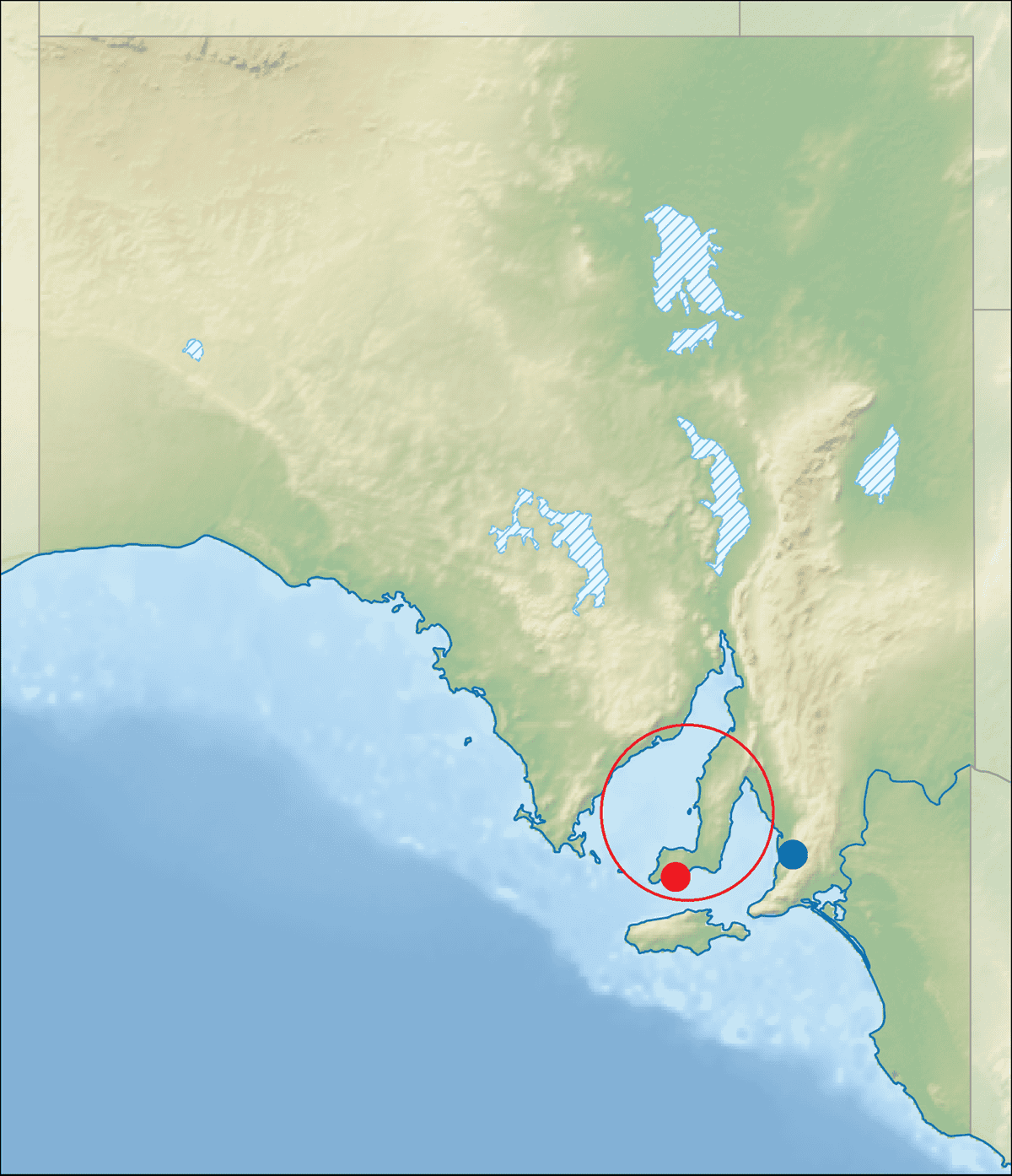Why would a usually calm marine creature suddenly turn aggressive? In a rare and alarming event off South Australia’s Yorke Peninsula, a ray attacked a snorkeller—raising serious questions about what’s going on beneath the waves. With marine animals dying in droves and odd behaviors emerging, scientists now believe toxic algal blooms might be the hidden cause.
Ray Injures Snorkeller During Marine Survey
On May 2, 2025, while conducting a marine survey in Treasure Cove, South Australia, a ray injured a snorkeller by driving a 16cm barb into her arm. Emergency responders airlifted her to Adelaide for surgery.
Dr. Mike Bossley, a marine biologist overseeing the citizen science project, believes the ongoing algal bloom could have triggered the ray’s uncharacteristic aggression.
Key Details:
-
The attack occurred in a designated marine sanctuary.
-
The snorkeller was involved in a research mission.
-
She required urgent surgery to remove the embedded barb.
Mass Marine Deaths and Bizarre Behavior Raise Alarms
Soon after the incident, Bossley and his team observed thousands of dead marine creatures along nearby beaches—cuttlefish bones, cowfish, fiddler rays, and even sharks. According to Bossley, who has over 40 years of diving experience, this kind of behavior is unprecedented.
“I’ve spent decades diving with eagle rays, and they’ve always been shy. This is not normal.”
In addition, rays that would typically flee from humans began swimming toward them—an alarming sign of ecological disruption.
What’s Causing This Ecological Shift?
Experts have traced the marine chaos to a microscopic algae called Karenia mikimotoi. This harmful algae produces toxins that can kill fish and other marine animals, especially during blooms.
Since March 2025, the bloom has spread across South Australia’s coastlines, including the Fleurieu Peninsula, Yorke Peninsula, and Kangaroo Island.
Environmental Triggers Include:
-
A marine heatwave that raised ocean temperatures by 2.5°C
-
Low wind and calm water, which allowed the algae to thrive
-
Satellite chlorophyll data confirming the bloom’s spread
📖 Learn more about Karenia mikimotoi
📊 Check South Australia EPA’s updates
Are Algal Toxins Causing Aggression in Marine Life?
Bossley suspects that marine animals are suffering from toxin exposure, which could disrupt their nervous systems. Rays, sharks, and fish might be acting aggressively because they’re in pain, confused, or oxygen-deprived.
For instance, just a day before the snorkeller’s injury, locals spotted a 3-metre shark swimming barely two meters from the shore—an unusual and concerning encounter.
Climate Change Is Fueling the Crisis
Warming oceans and unusual weather patterns create ideal conditions for harmful algae to bloom. Not only are these blooms becoming more frequent, but they’re also becoming more dangerous.
-
Bossley described this as the worst marine event he’s seen in 50 years.
-
Experts predict more such events as the climate continues to warm.
-
Long-term monitoring and local research are urgently needed.
🌍 Read NASA’s report on climate-driven blooms
How You Can Help Monitor the Situation
Authorities encourage residents to report unusual marine activity or dead fish sightings.
📞 Report Dead Marine Life: Call FISH WATCH at 1800 065 522
📸 Share Observations: Submit data through iNaturalist
As a result, researchers can use this information to track the bloom’s impact more effectively.
“Citizen science is crucial right now,” says Dr. Nick Whiterod. “We need the community’s help to understand what’s happening and how to adapt.”
FAQs
Q: Do rays normally attack humans?
A: No, rays such as eagle rays are typically calm and avoid people. This attack was unusual and possibly related to environmental stress.
Q: What’s causing the marine animal deaths in South Australia?
A: A toxic algae bloom, Karenia mikimotoi, is the likely culprit behind the widespread marine deaths and behavioral changes.
Q: Are the algal blooms harmful to people?
A: Yes. The algae can cause flu-like symptoms when people come into contact with water or sea foam during a bloom.
Q: How long might the bloom last?
A: Authorities believe it could persist until seasonal westerly winds return—likely in late April or May.
Q: Is it safe to swim in affected areas?
A: No. Experts strongly advise avoiding contact with the water in areas experiencing blooms and marine life die-offs.
Final Thoughts: An Urgent Call for Awareness
Marine ecosystems in South Australia are under visible stress. From unexpected ray attacks to widespread fish deaths, the signs are clear—climate and ecological changes are reshaping ocean life.
If you live near the coast, stay alert and report anything unusual. And if this story surprised you, please share it to raise awareness.
Read our previous article: How to Make LinkedIn Work for You
